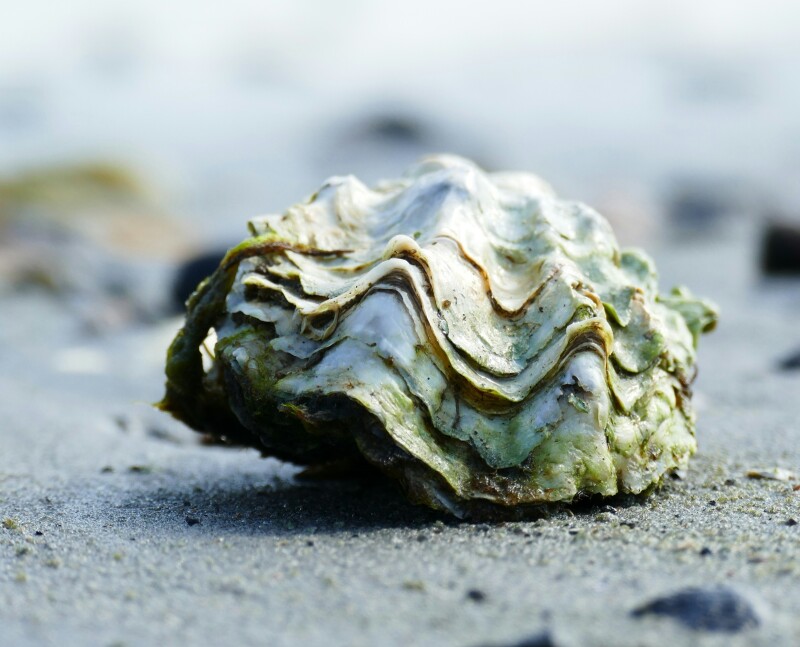The Oregon Department of Fish and Wildlife (ODFW) implemented shellfish closures that will affect the entire state’s coast. The closures follow the Oregon Health Authority's announcement that 21 people were sick from paralytic shellfish poisoning after eating mussels recreationally harvested on the North Coast on May 25.
Officials are banning the recreational harvest of razor clams, bay clams, and mussels along the state’s coast due to the high toxin levels. The toxin causes paralytic shellfish poisoning (PSP), the most common and severe form of shellfish poisoning. Symptoms typically appear 30 to 60 minutes after consuming the contaminated shellfish, including numb mouth and lips, tingling, nausea, and sickness.
PSP is a naturally occurring marine biotoxin produced by some microscopic algae species. Shellfish consume these algae and can retain the toxin. People who eat shellfish containing PSP become ill. When the algae blooms, the number of biotoxin-producing algae can increase rapidly. The more algae shellfish consume, the more biotoxin they accumulate. When the number of toxin-producing algal cells returns to normal low levels, the shellfish will eventually flush the toxin out.
Because crabs feed on other shellfish, the toxin may affect them. The Washington State Department of Health shares that even if crab meat is safe, the toxins tend to accumulate in the crab gut and the white and yellow fat inside the back of the shell. They advise cleaning the crab thoroughly and avoiding eating any parts but the meat.
According to the Spokesman-Review, the commercial oyster fisheries in Tillamook Bay, Netarts Bay, and Winchester Bay will be shuttered in addition to the ban on recreational harvests between the California and Washington borders.
ODFW project leader Matt Hunter said that the last time he saw a similar closure was in the early 1990s, and even then, the toxin levels were not nearly as high as they are currently. During that specific closure, only razor clam harvests were banned along the entire coast.
“To close down an entire coastline to four shellfish types, that’s unprecedented,” Hunter told the Spokesman. The closure is the direct response to the outbreak of over 20 people and a previous closure of the southern portion of the coastline to mussel harvesting.
Meghan Dugan, an ODFW spokesperson, shared that it is unclear how long the closure will last. “It’s going to be up to testing results,” she said.
The economic impacts of the closure are hard to estimate just yet, according to ODFW. Over 14,000 pounds of commercially harvested razor clams landed on the Oregon coast in May alone. The state’s Department of Agriculture will continue to test shellfish at least twice a month. Hunter shared that two consecutive tests that show a toxin level below the U.S. Food and Drug Administration threshold will be required to open the area.







